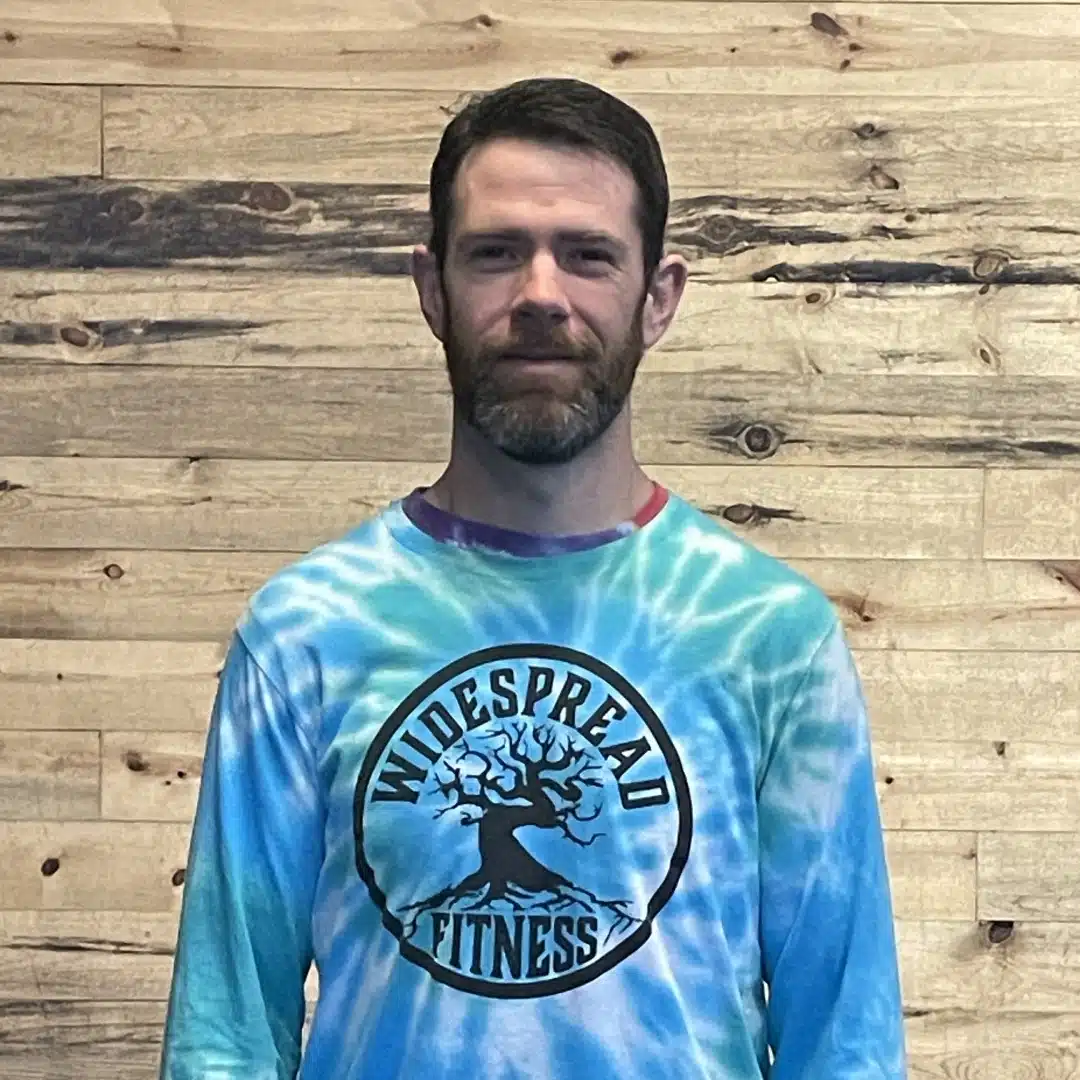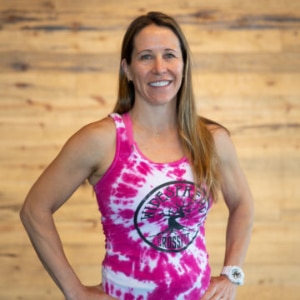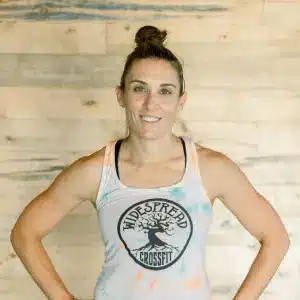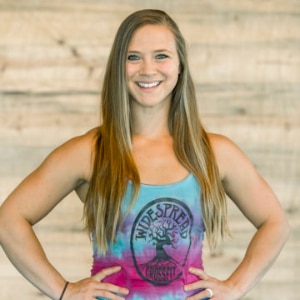Quality over quantity
There is a misconception that the more you workout the fitter you will become. This might be true in the short term, but it will not last long. There is no doubt, that if you want to get stronger and faster you need to put in a lot of time and effort, but that doesn’t mean 7 days a week for weeks on end.
The quality for your workouts is more beneficial than how much you workout. Quality over quantity! So what does this “quality” training plan look like?
Well it is different for everyone and depends on things like lifestyle, goals, and age. For most of our athletes (who are between the age of 30-60 years old, just looking to hit the ski slopes, hike a 14er, keep up with their kids and live a long healthy life) I recommend hitting the gym 3-4 days per week. These days in the gym I ask them to give a good hard effort and push themselves (obviously, only if they can do this safely with proper form) based on how they are feeling on that day. Ideally these gym days are spread out throughout the week with a rest day in between. This way their bodies have time to recover before the next hard workout (which is even more important as we get older because our bodies don’t bounce back as fast as they used too).
From there if they are itching to get up and do something else, I tell them to add in a day or two outside the gym doing some physical activity they enjoy, while keeping the intensity/effort lower. If they think this other activity is going to be tough (like hiking a 14er or playing a soccer game), consider substituting it for a “hard” gym day.
Finding a balance between intensity, volume and rest will maximum results, feed motivation, and keep you injury free.
To Scale Or Not Too Scale
One reason why CrossFit has proven to be such an effective strength and conditioning program, is its scaleability (or adaptability) to meet the needs and limitations of any person. Your 60 year old grandma can do the same workout as you but with less weight, fewer reps, or shorter range of motion. You both are going to get a hell of a workout, just at your own individual fitness level.
Knowing when and how to scale a movement and/or workout definitely takes some trial and error. This is why your coach is there. Your coach is there to instruct you on the desired stimulus of the workout (aspects like intensity level, duration, and proper loading), and offer up possible scaling options that will allow you to preserve this stimulus while keeping you safe.
No matter your experience level, there will be workouts where you will face the decision to scale or not. This could be due to many factors but most often this is due to ability or injury.
Reminder intensity breeds results. If you have a goal of improving your all round fitness, maintaining intensity in your workouts is most important. If you can’t complete a workout as prescribed with intensity, scale it.
With an injury, keep in mind we are training muscles not movements (unless your goal is to go to the CrossFit Games). We can train the same or similar muscle groups with a whole list of different movements. So if one movement is causing you discomfort, scale it.
No one wants to lower their weight or modify the movements but scaling is not a bad thing. It is what allows you to be consistent with your fitness routine and see improvement in your fitness all while staying safe and pain free.
Keep Sight Of Your Goals
Most CrossFitters have a little bit of a competitive side, no matter how much they don’t want to admit it. This competitive drive can be with themselves and/or others. Even if you don’t consider yourself super competitive, the group environment has a way of pushing you a little bit harder than you would push yourself when working out alone. This is a great thing and a reason why we believe CrossFit is such a successful exercise program.
This competitive environment can also lead you to loose sight of your long term goal by focusing more on what others in class are doing and/or the score board. When you start comparing yourself to others or always reaching for that daily PR (personal record) you could end up pushing beyond your limits. Sometimes pushing into that unsafe zone.
The goal for most of our athletes is simply to become a fitter and healthier version of themselves.
Remember to keep your overall goal in mind when you walk into the gym and hear that clock count down to 3-2-1 GO. We encourage you to push yourself outside of our comfort zones, but that doesn’t mean pushing beyond what you can do safely.
-Matt Kirkendall, Owner / Head Coach










